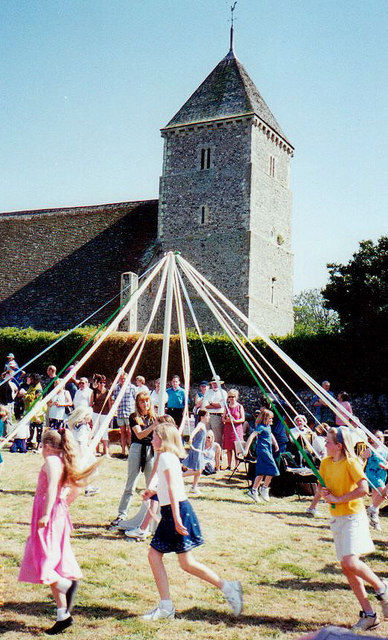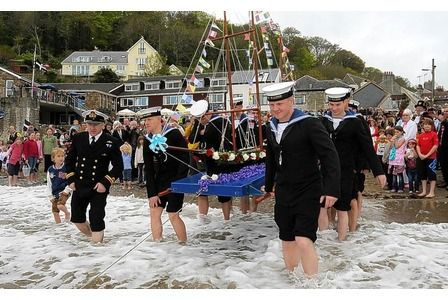The Origins of Traditions - May Day
- Joe Thorpe
- Apr 29, 2021
- 3 min read
While the 1st of May is not necessarily the real beginning of Spring, it’s a day that has been celebrated for thousands of years. May Day is a great example of the type of ‘traditions’ that have survived the secular and multi-cultural UK, in that it’s not strongly celebrated anywhere, but can bring back a lot of childhood memories of dancing with colourful strings in the sun.
You’ll find May Day celebrations in junior schools all over the country, and it’s a perfect opportunity to make the most of the sunshine (if you’re lucky enough in the UK to have it) and get ready for the better weather.
At RKA Valencia, we love to bring all types of English knowledge to our students, not only linguistic! Check out our first look at a traditional celebration in the UK, in our recent Halloween blog.
Where it comes from

The earliest May celebrations in written history come from Roman times, and their Floralia festival evoked the power of Flora, the Roman goddess of flowers, between the 27th of April and the 3rd of May. They also celebrated a festival called ‘Maiuma’, in later Roman times, which combined celebrations of Dionysus and Aphrodite together, in May.
In Ireland, Scotland and the Isle of Man, the festival of Beltrane has been held around the 1st of May since the 15th Century, with mentions found in the Maitland Manuscripts. This ‘Bright Fire’ festival (from the Celtic translation of ‘Beltrane’) involves offerings and prayers to encourage the protection of good spirits, and fires and fire ceremonies to ward off the bad ones. Modern day Celts have taken on this historical celebration, and since 1988, the Beltrane Fire Festival has been held in Edinburgh.
It was a symbol of free expression of inclusive religious ideas, so the Puritans banned the celebration during the time between Charles I was executed in 1649 and when his son, Charles II in 1660. Since then it’s come in and out of fashion, but never disappeared from the hearts of the native British people.
Modern May Day

Even though the pagan and spiritual foundation of the festival are no longer a part of daily life in the UK, many Brits will have experienced a sunny May Day during their school lives. The most recent generations may not have however, as it’s a tradition that is not surviving very well into the modern age.
You can still find happy and hopeful people celebrating all over the UK though, and it’s still a great source of energy and lifted spirits for many looking forward to a good Spring and Summer.
In Germany, they celebrate Maibaum (May Pole) and tall poles are decorated with carefully crafted symbols of fertility and luck.
In Italy, the ‘Calendimaggio’ festival celebrates the coming of Spring at the beginning of May, when singers perform at people’s homes, in return for gifts of food and sweets, almost like the ‘trick or treating’ from our Halloween blog here.
One of the most elaborate celebrations can be found in Cornwall, in the south-west of the UK. The Black Prince, Edward I was anointed Duke of Cornwall in the 14th Century, and ever since the 19th century, a boat named ‘The Black Prince’ filled with beautifully arranged flowers, is carried through the streets of Millbrook, Kingsand and Cawsand.

If you want to know more about British culture, check out our article on how Brits deal with the bad weather, and what we do for fun!
RKA Valencia brings you relevant, modern and interesting English teaching, making sure that you can communicate and make yourself understood. For more details, find us at www.rkavalencia.com, or get in touch at info@rkavalencia.com.







Comments